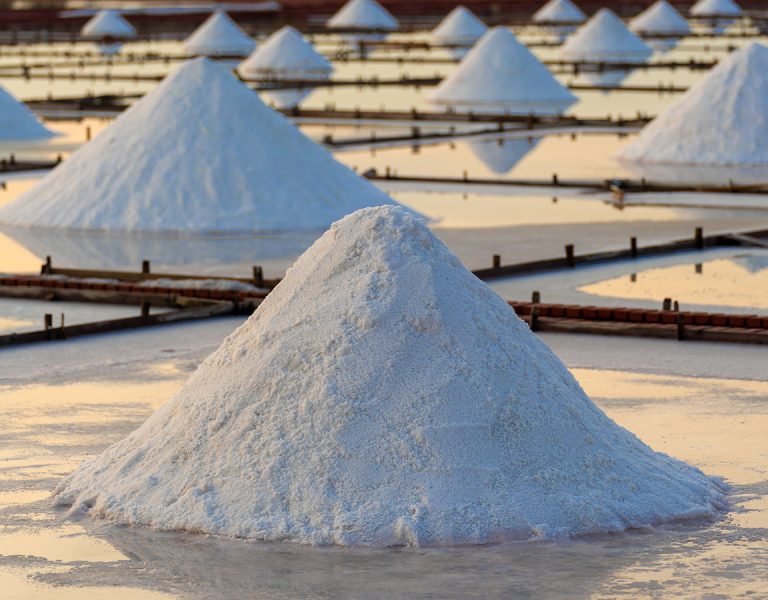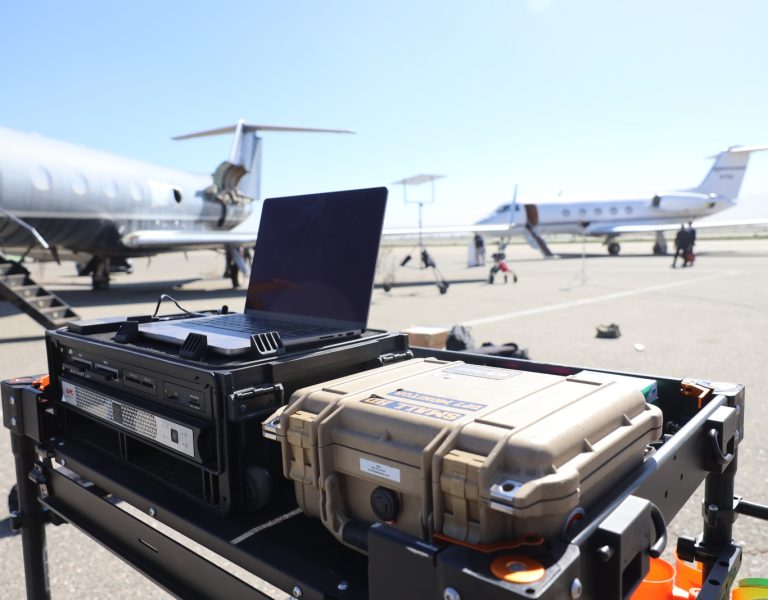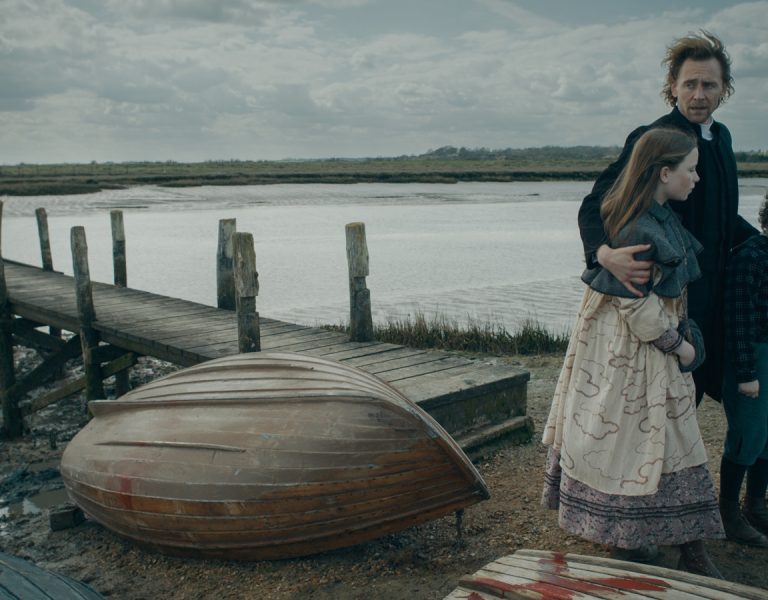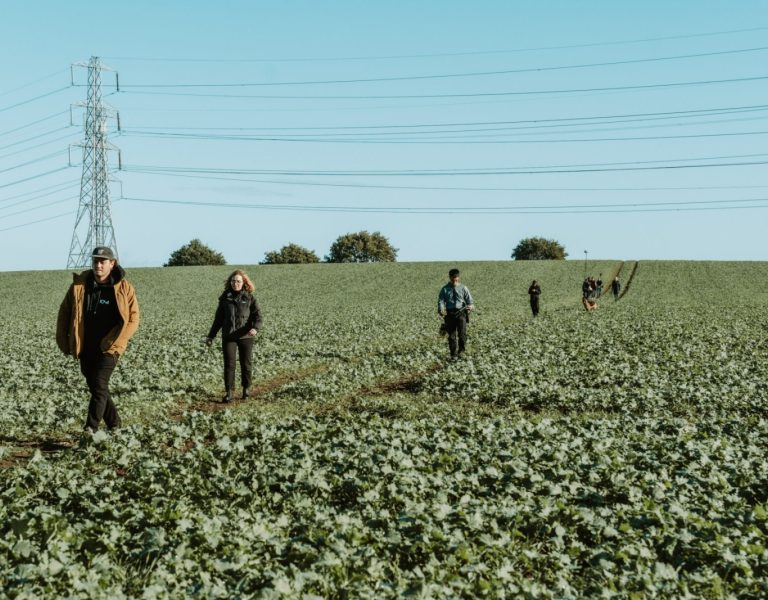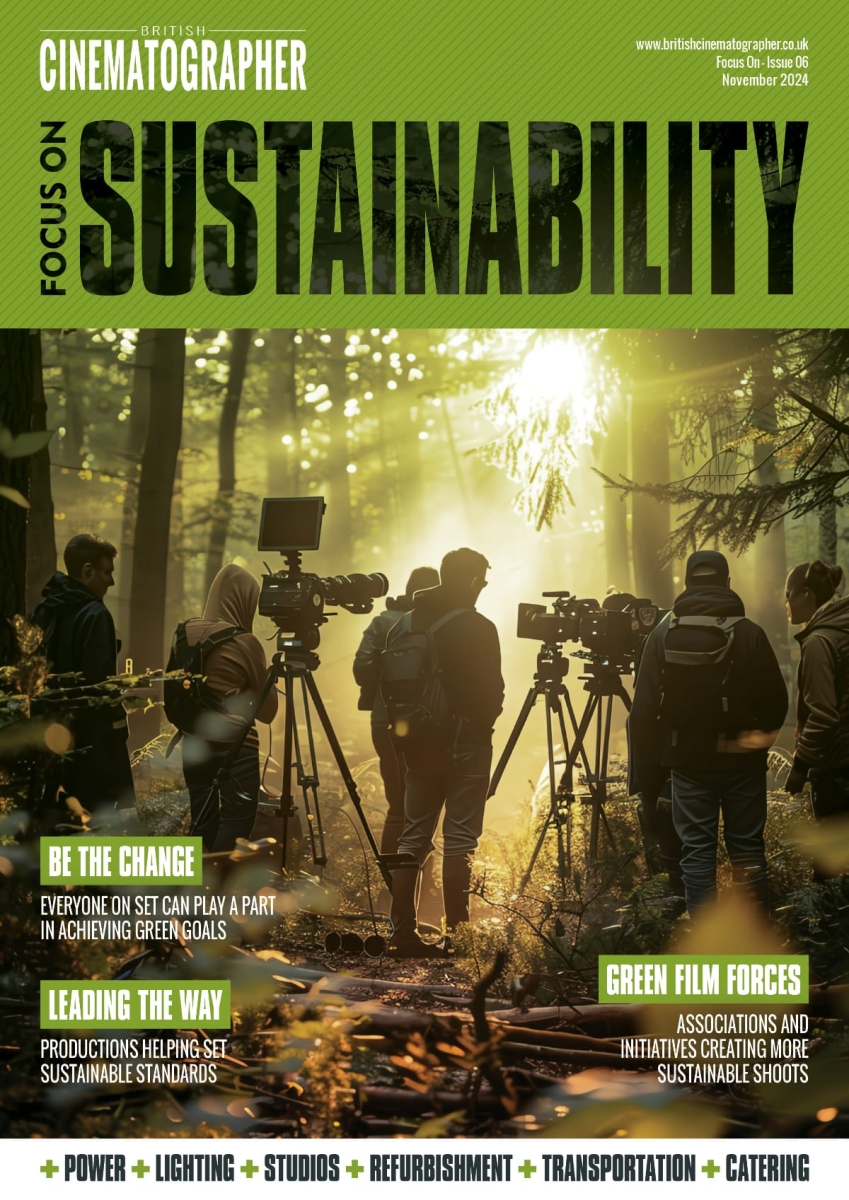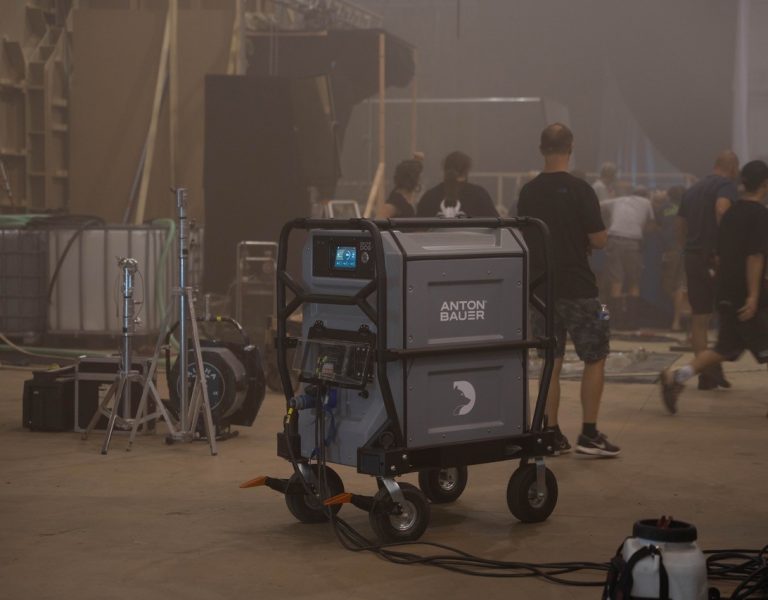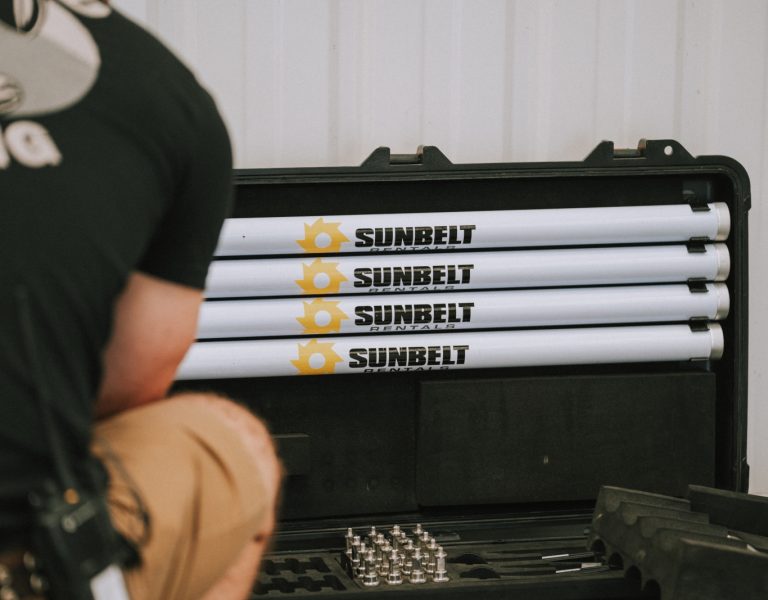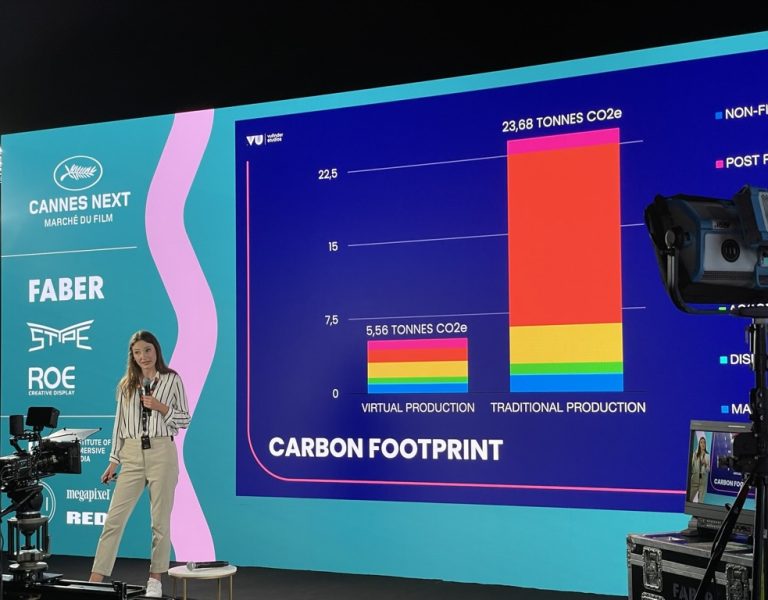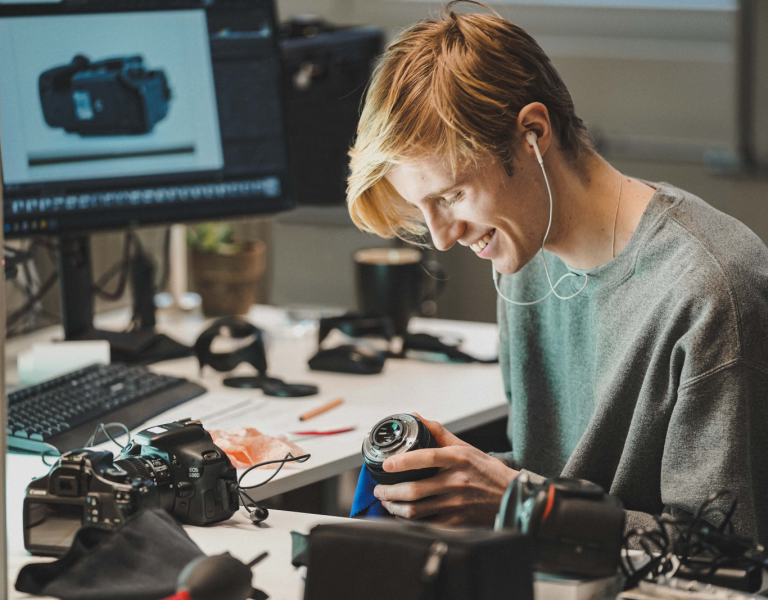The choice of lighting fixtures can make a significant difference to a production’s carbon footprint, with LED fixtures offering substantial power savings over traditional instruments.
Since the introduction of LED lighting, despite its environmental benefits, many have argued that it can’t match the quality of tungsten light. However, is that argument now a thing of the past?
“I have a deep appreciation for tungsten light,” says DP Ben Saffer. “What I’ve been seeking in LED fixtures isn’t just colour quality or CRI/TLCI ratings but also the throw, punch, and hard light quality that tungsten provides.” He mentions a proof-of-concept short called The Witch Trials, where he used Luxor LED lights. “These fixtures can replicate the hard light of Maxi Brutes and 10Ks while offering dimming control and bi-colour options, all while consuming significantly less power (1kW per head).”
“LED lighting has come a long way in the last decade,” cinematographer Gareth Taylor offers. “For large units, however, incandescents are unmatched in terms of output, so they remain indispensable. Beyond that, I still think tungsten lights have a place because the quality of light is unique, and the filament provides a small single point of light that LED chips can’t replicate.”
“Some DPs will prefer the dimming curve of tungsten,” points out gaffer Alastair Bury, “and the natural way colour temperature decreases when an incandescent light bulb is dimmed.”
“Like with any technology, it depends on people and their habits,” says Taylor. “Younger lighting crews use LED lights while older ones stick to incandescent. In the middle are those who learned with incandescent and are now embracing LED technology.”
Based in LA, Taylor finds that a major benefit of LED technology over tungsten is the far smaller heat output. As well as reducing a production’s CO2 footprint directly, he notes that LED fixtures save more emissions through the reduced use of air conditioning. Furthermore, “with LED lighting, generators are not always needed. The cost savings in that regard are significant because it takes gas not only to run generators but also for the truck used to tow them to and from the set.”
“Sustainability is a significant consideration” for Saffer when building his lighting list, “but it often comes as a positive secondary effect of the flexibility afforded by LED.” He mentions a night exterior shoot where exclusively using battery power saved a lot of time and effort running cables and avoided the noise problems of a generator.
Bury used a 160kWh E-vis battery on the ninth season of detective drama Grantchester “to supplement power for one of the show’s main studio sets based at Langleybury Film Centre”. The gaffer notes that a generator was previously required in addition to the studio’s 32A three-phase grid supply. A report by E-vis found that Grantchester saved £3,169 worth of diesel and 5.6 tonnes of CO2 emissions by using the battery across the season.
Collaborating with Emily Almond Barr, DP of the season’s first block, Bury installed SkyPanels and LED Flo Banks in the studio rig. “We also looked into LED fixtures that could achieve similar results to a tungsten Fresnel,” says Bury. “The rental company, Sunbelt, sent us some of their newly acquired Nanlux Evoke 1200Bs. We were very impressed with the Evoke Fresnel attachment. Its bi-colour light beam behaved very similarly to a T5 Fresnel or somewhere between a 2.5k and 4k compact Fresnel.”
But there is more to sustainability in lighting than switching out LEDs for tungsten or swapping generators for batteries. “First, I’d like to see more studios adopt renewable energy sources, such as the solar panels at Sky Studios Elstree,” says Saffer. “Secondly, leveraging more sensitive cameras can reduce the amount of light needed, particularly for night exteriors.”
“All parties need to collaborate with enthusiasm and courage,” Bury concludes.
–
Words: Neil Oseman













